When and How to deal with bad weather


Unless you live in someplace like Southern California you will have to cope with a variety of different conditions when cycling your bike throughout the year. In Ireland this winter has been particularly wet and windy and many have found themselves facing the conundrum of whether or not they should go training and then how should they approach the different conditions that they face. Hopefully this will help clarify much of those questions :
Above all else you must know why you are going out in bad conditions. Will it improve your fitness. Will it improve your bike handling. Will you be a better cyclist at the end of that day. Is it safe to go out. If you do not answer yes to most of these questions, stay at home.
Heavy rain and strong winds
A1 and A2 racers who want to win races will need to be able to race in these conditions so they need to train in them too. Half the bunch in any domestic race have cracked as soon as the road gets damp so there is a better chance of getting that elusive victory on wet days if you have trained for it.
A3 and A4 riders can make up their own minds on this. You do need a certain amount of experience and skill to ride in bad conditions.
Sportive riders aiming for the Wicklow 200 or the Sean Kelly Tour 160k need to be able to handle bad conditions as they may have to face them on the day of the event.
Riders who set different challenges for themselves must be prepared for any conditions. Last year when attempting to climb the height of Mt Everest in a day I had to face some of the worst wind and rain the Comeragh mountains had to offer. I had trained on the climb in a snow blizzard so knew that no matter how bad it got, I had trained in worse, and this was the difference between being able to finish the challenge and not.
Anyone aiming to just get around The Ring of Kerry or whose main aim is the local Sunday spin can roll over in bed and enjoy a guilt free lie in when the rain beats against the window.
How to handle bad conditions

Clothing :
Nowadays there is so much technical clothing on the market that it really does make it much easier to face inclement weather. The Castelli Gabba and the ONDA Ultimate Rain Jersey are incredible pieces of kit. You can face torrential rain and feel like you are in a protective bubble. Gloves, Overshoes, Breathable base layers, all add to the ability to stay warm and feel dry in the worst of conditions. It is important though to have clothing that is tight and does not flap around and allow air between the layers.
The bike :

Deep section carbon rims look great but are like a sail in the wind. The shallower the rims the better if you are planning on training on very windy days.
25mm tyres such as Continental Grand Prix 4 Seasons or Schwalbe Durano Plus are hard wearing, have strong puncture resistance but importantly also have good grip in the wet. Many love Gatorskins but they are very slippy in the wet, as they have a harder rubber compound.
Mudguards are good but can catch the wind on very blustery days.
Food and drinks :
It is important to remember to eat and drink on wet and windy days. With so much water engulfing you it is easy to forget to drink but you are still sweating and this fluid needs to be replaced.
Open all energy bar wrappers beforehand and make it as easy as you can for yourself to eat.
Don’t stop for coffee if you are wet as you will get cold and the chance of picking up a chill increases ten fold.

Mentality :
On Sunday morning when the rain is beating against the window don’t moan about it. The first person to hear that is yourself and you are already making life hard for yourself. Ignore the weather as much as possible. You are going training so that’s it. Know that 99.9% of the time it is not as bad as it sounds from inside.
When you are out remind yourself that the air is cleaner and you are able to breathe in pure filtered oxygen.
You are also doing something that many who are confined to hospital beds would love to be able to do so thank your lucky stars.
The Route :
Choose a sheltered route as much as possible.
Stay away from main roads if you are alone.
Quiet back roads with plenty of cover in the shadow of a mountain can offer great protection from strong winds.
The back road from Clonmel to Carrick is a good example of this, although the surface is like the Gaza Strip.
Technique
Keep out 2 feet from the edge of the road to allow for gusts that may move you sideways.
Always look up ahead for gates or openings in the ditch or wall.
Spread your weight across the bike. Lean out on the hoods rather than up on top of the bars.
Keep your arms relaxed and if you do feel a gust don’t go rigid. Let the bike find it’s way.
Keep pedalling at a slightly lower cadence than usual. You have much less control over the bike if you are freewheeling.
Snow and Ice
This is much more dangerous. Sticking to main roads that have been gritted is the only road option but many will choose to either go Mountain biking or hit the Turbo trainer, especially when there is a high risk of black ice. When snow is falling before it freezes it can be similar to training in rain but once it freezes it turns to ice which is a cyclists worst enemy.
When you get home :
Rinse down your bike with a hose to remove as much dirt and grime as possible, especially from around the brakes and the rims. With a little practice you can also degrease the chain and cassette too, all in under 3 minutes so that you don’t get cold standing around in wet gear.
Spray on some light oil onto the moving parts to stop any rust forming.
I normally try to wash the bike properly at least once per week too.
On very wet and cold days I normally have a Lemsip when I get in the door to warm up and kill any bugs before they get a chance to cause a cold or sore throat.
Don’t hang around in wet gear. Get into a hot shower asap and the wrap up well afterwards.
Wash your gear straight away too. On really muddy days rinse off in a sink first. Close all zips and place anything with velcro into an old pillow case.
Safety is always a key factor. A heavy rider is less likely to get blown off the road whilst a 50kg climber will float away like a discarded Mars bar wrapper. Know your limits and abilities but also know that there is a great sense of satisfaction from going training on those bad days when you could have stayed in bed.
Barry


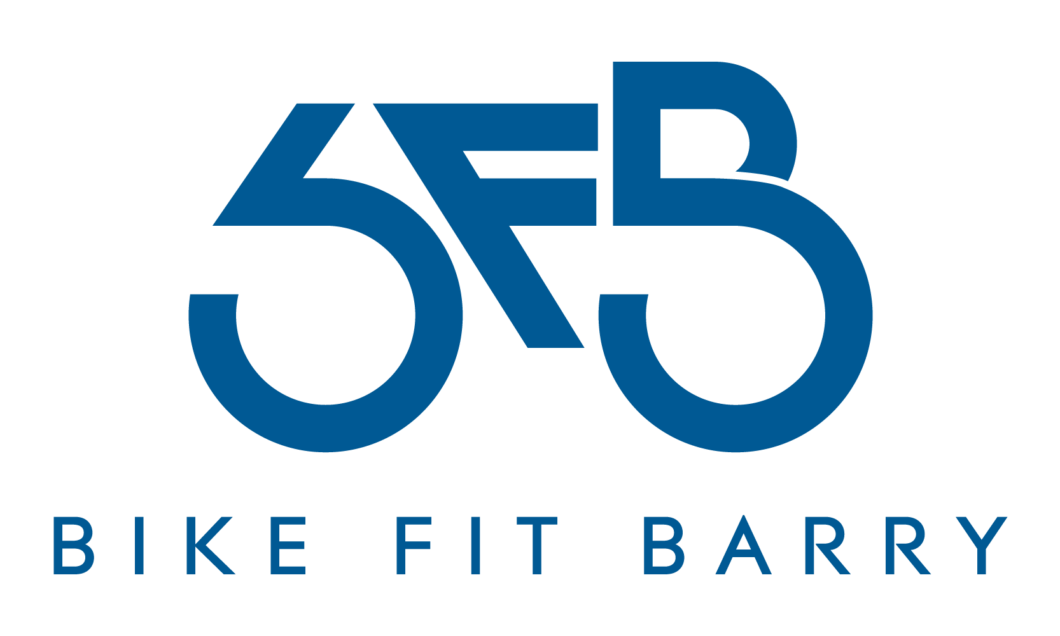
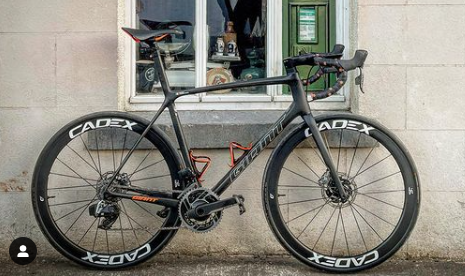

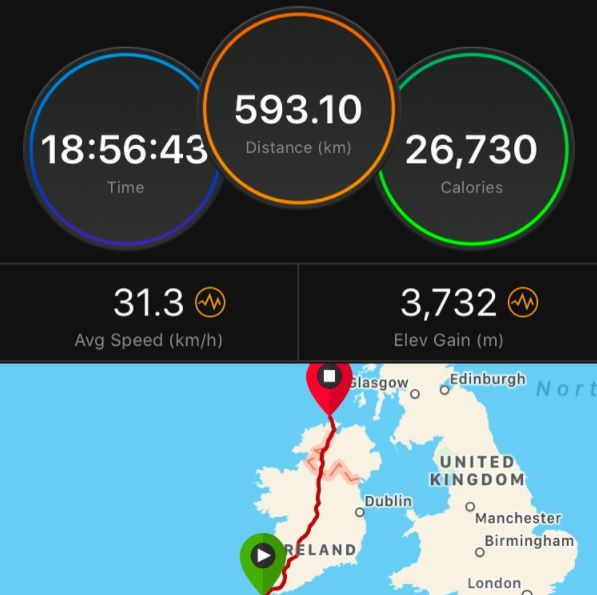
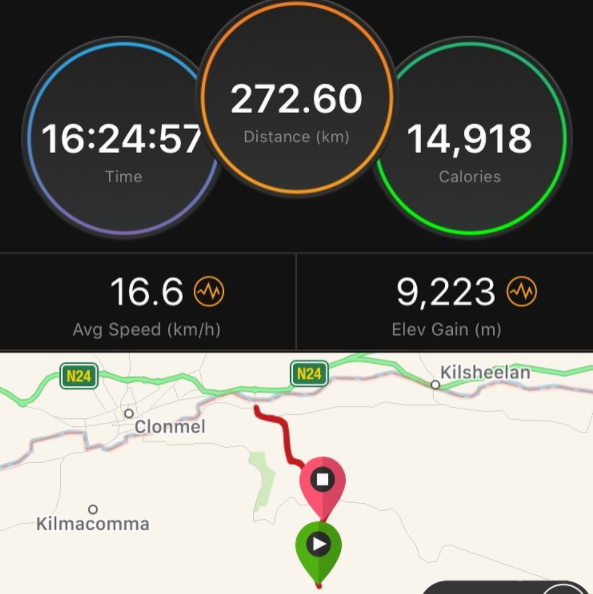
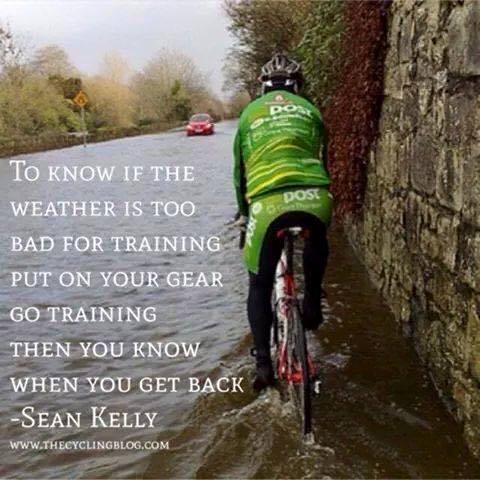

3 COMMENTS
Liam
Well said makes me fell bad after stayin in bed on the wet Mornings
Patrick Moynihan
18C here in NH on Christmas Eve, rode in shorts. Today’s high -10C. Trainer time. Great blog as usual Barry. Stay dry
Canary Bike Tours
Outstanding article about how to deal with the bad weather and if you want to enjoy the good one just visit us in Tenerife, the island of endless spring 🙂 Kind Regards